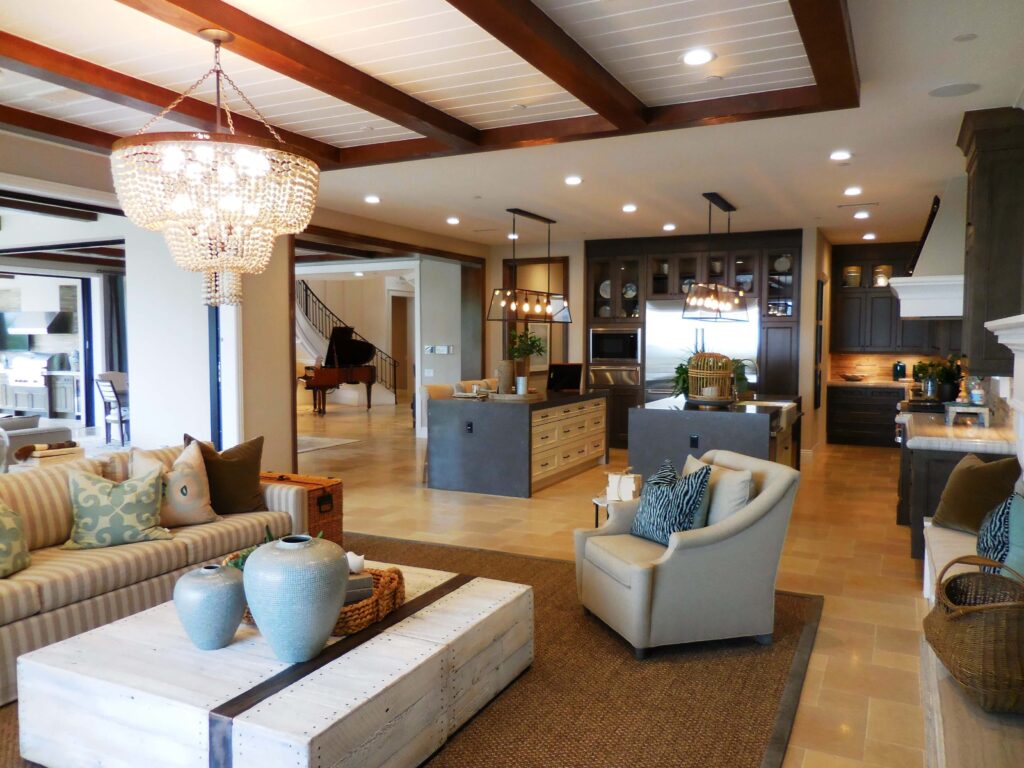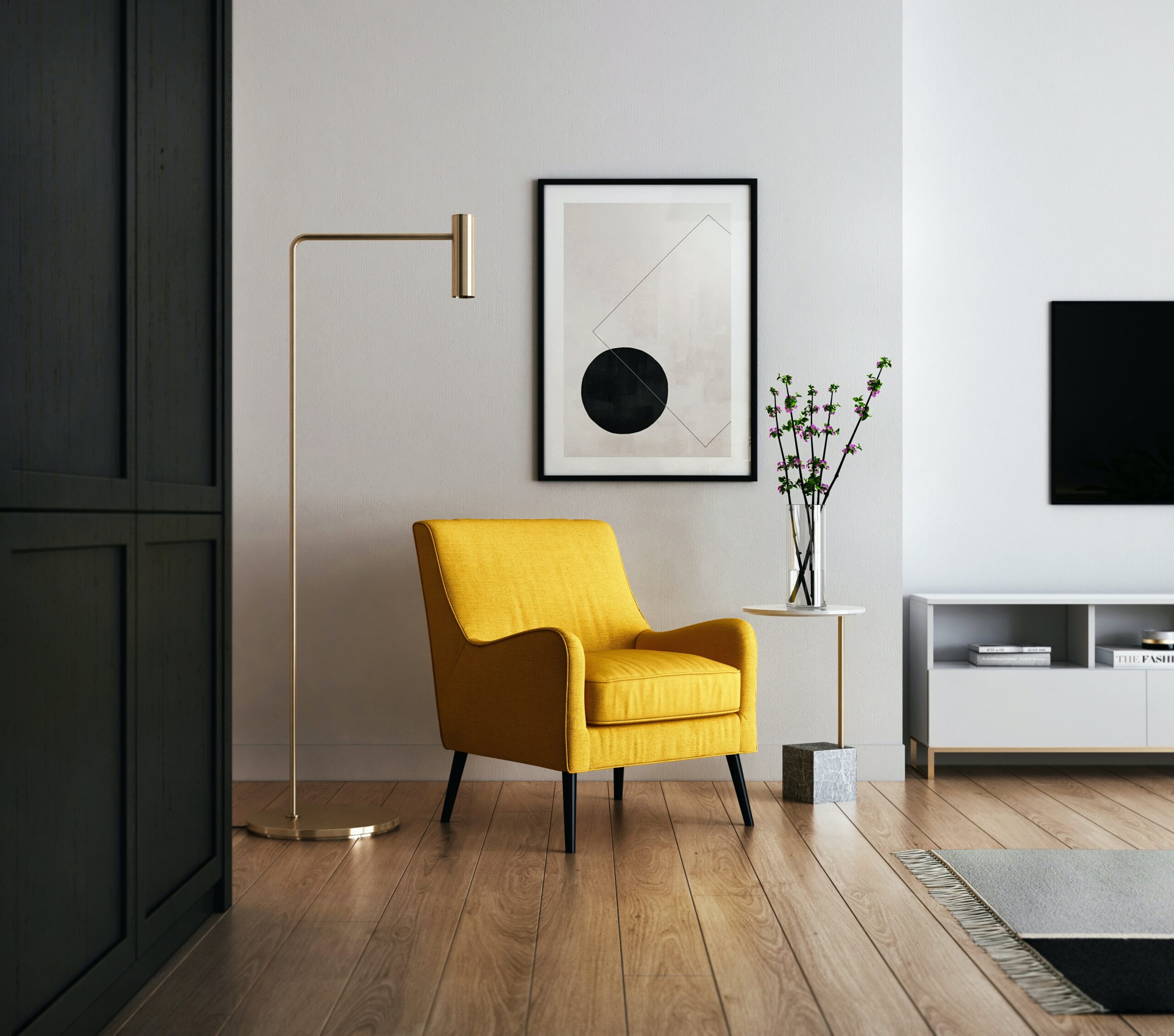Choosing the perfect color for your house depends on various factors, including personal preferences, architectural style, location, and the overall ambiance you want to create. Here are some popular exterior house colors and considerations for each:
- Neutral Tones (Beige, Taupe, Gray):
- Neutral colors are timeless and versatile. They can complement various architectural styles and provide a classic, elegant look. Neutral tones also allow for flexibility with accent colors for doors, shutters, and trim.
- White:
- White is a clean, fresh color that suits a variety of architectural styles. It reflects light, making your home appear larger, and it can create a timeless and sophisticated look. However, white may require more maintenance to keep it looking clean.
- Blue:
- Blue is a popular choice for coastal or beachside homes, but it can work well in various settings. Light blue shades evoke a serene and tranquil feel, while darker blues can convey a sense of stability and strength.
- Green:
- Green is a color associated with nature and can blend seamlessly with the surrounding landscape. It works well for homes in wooded areas or those aiming for an earthy, natural appearance.
- Gray:
- Gray is a versatile and modern color that can range from light to dark shades. It complements a variety of architectural styles and pairs well with other colors for accents.
- Earthy Tones (Brown, Terracotta):
- Earthy tones can create a warm and inviting feel. Brown or terracotta colors can work well in Mediterranean or Southwestern-style homes, providing a connection to the natural environment.
- Red or Brick Red:
- Red, especially brick red, can add warmth and character to your home’s exterior. It’s a bold choice that can make a statement, and it pairs well with neutral trims.
- Yellow:
- Yellow is a cheerful and inviting color that can brighten up the exterior. Lighter shades of yellow are often associated with warmth and positivity.
When choosing a color, consider the following tips:
- Architectural Style: The style of your home can influence color choices. Traditional homes might suit classic colors, while modern homes may allow for more experimentation.
- Location: Consider the climate, surrounding landscape, and neighborhood aesthetics when choosing a color that complements the environment.
- Curb Appeal: Think about how the color will contribute to your home’s curb appeal. A well-chosen color can enhance the architectural features of your house.
- Personal Taste: Ultimately, choose a color that you love and that reflects your personal style. Test paint samples on a small section of your house to see how they look in different lighting conditions.
Remember that trends may come and go, but the perfect color for your house is one that makes you feel comfortable and happy in your living space.

